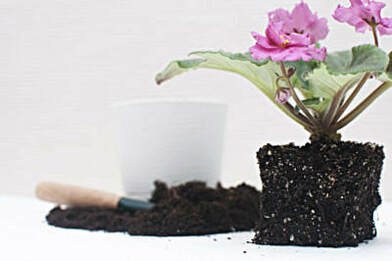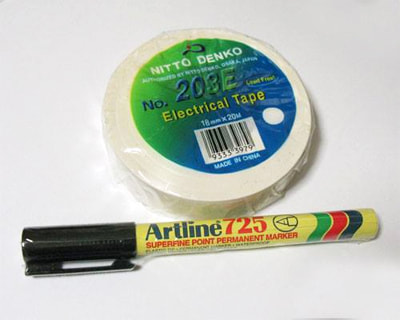
What's in a Name? – Ruth Coulson (Ruth is with the Australian African Violet Association and lives on the Central North Coast of NSW) (Originally published on the African Violets Down Under Facebook page.(www.facebook.com/groups/241227626277942/?fref=nf) The answer, in the case of African violets is “a lot”.
“First Class” is the computerised listing of African violet cultivars made available by the African Violet Society of America, the international registration authority for Saintpaulia. It includes not only those that are actually registered with the AVAA but also many that are purely listed, including our own Australian hybrids that are initially listed in the “Catalogue of Australian and New Zealand Cultivars”. This all makes up to around 19,000 entries. Then there are those not listed anywhere. This means that there are more African violet cultivars than we can comfortably imagine. Of course not all are available in Australia, but there is still a bewildering variety. And there are many look-alikes and near look-alikes. Lose the name and you may never get it back. There is nothing wrong with nameless plants, but it is always good to be able to check to just see they are performing as they should. So how can you be sure your plants are correctly named? Not easily! ? 1. Acquire plants from a reputable source. 2. Check names against the descriptions in First Class or the Australian Catalogue as appropriate. If the names do not agree with the descriptions refer back to the source for clarification. ? 3. Beware of the error of naming a plant that doesn’t agree with the description given as a “sport”. It may simply be wrongly labelled.
|
|
7. Standing labels that may be used for other plants are not as satisfactory for African violets.
They tend to disturb the symmetry of the plant. 8. Labels that stick on the side of the pots are preferred. 9. Many materials have been tried over the years, but for most growers the satisfactory option is white electrician’s tape. It sticks readily and can be written on with a fine fibre-tipped pen. The Artline 725 is ideal (or a Sharpie extra fine point). 10. Labels may be created by cutting up sections of tape on a craft cutting mat. For an inexpensive alternative use a piece of vinyl flooring material if available. Yes, there is actually a lot in a name. To know what your plants are called can give you a little bit of their history and enhances your enjoyment. And if you want to exhibit your plants or share them with others you will want to make sure you have the names right. |
